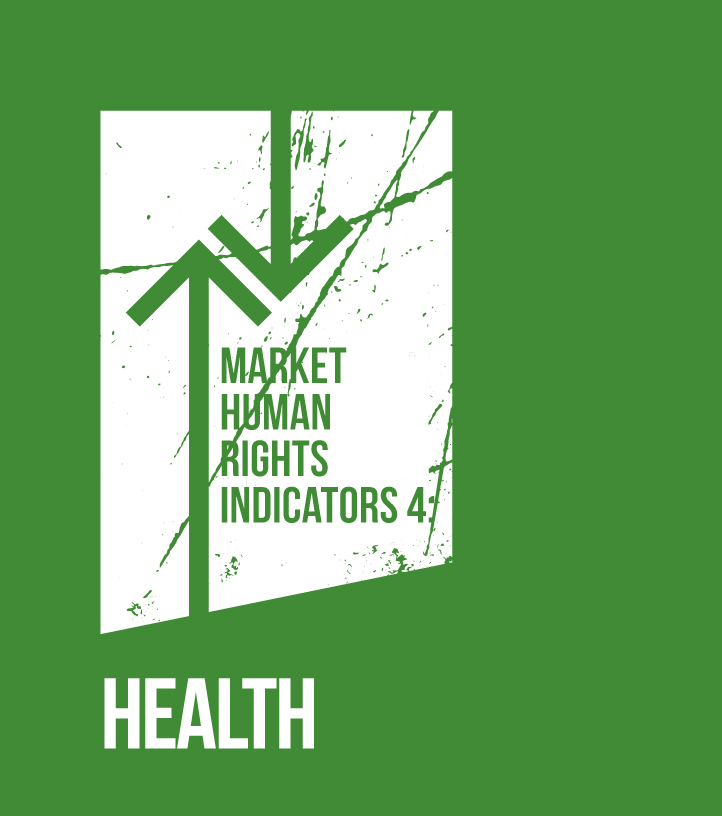KNOW YOUR RIGHTS:
HEALTH
The right to the protection of health
– Article 11 European Social Charter (1961)
The right of everyone to the enjoyment of the highest attainable standard of physical and mental health
– Article 12 UN International Covenant on Economic, Social and Cultural Rights (1966)
The right of the child to the enjoyment of the highest attainable standard of health and to facilities for the treatment of illness and rehabilitation of health
– Article 24 UNCRC (1989)
Everyone’s right to life shall be protected by law – Article 2.1 UK Human Rights Act (1998)
Everyone has the right to timely access to affordable, preventative and curative health care of good quality – Article 16 European Pillar of Social Rights (2017)












